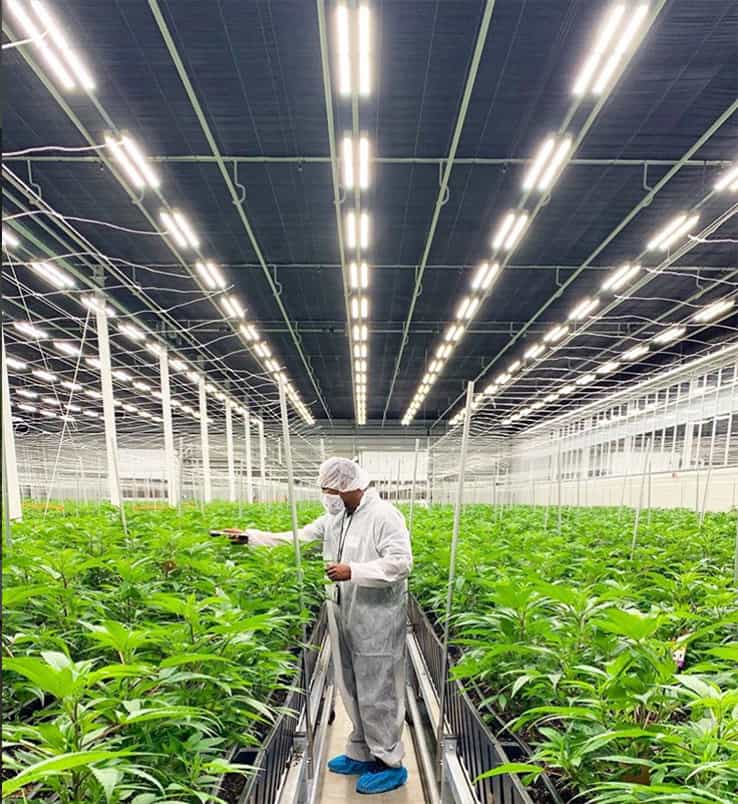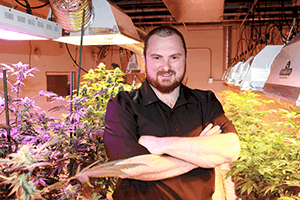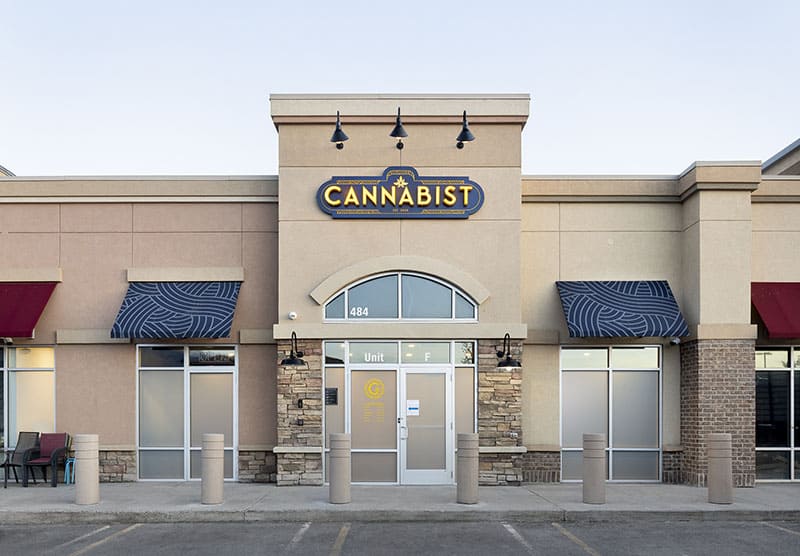<![CDATA[
This week started with a bang, as Trulieve announced its $2.1-billion acquisition of Harvest Health and Recreation. It’s one more sign of booming M&A activity in the cannabis space—coming after a lackluster 2020, which was no real surprise in itself—and a testament to multi-state operators’ will to consolidate across state markets.
The Trulieve deal lands the Florida-based brand in 11 states with 22 cultivation and processing facilities, and 126 dispensaries.
We’ve rounded up some of the key cannabis headlines from the week right here.
- Associate Editor Tony Lange reports: “Reps. Dave Joyce, R-Ohio, and Don Young, R-Alaska, introduced a bill May 12—the “Common Sense Cannabis Reform for Veterans, Small Businesses and Medical Professionals Act”— that would remove cannabis from the list of scheduled substances under the Controlled Substances Act.” Read more
- Assistant Editor Andriana Ruscitto reports: “A legislative committee unanimously postponed a bill proposing restrictions on Colorado’s cannabis delivery program after the bill’s sponsor requested it to be delayed on May 6.” Read more
- Senior Editor Zach Mentz reports on Columbia Care’s brand overhaul and the launch of “Cannabist.” Read more
- Also from Mentz: “With the goal of increasing financial flexibility, The Green Organic Dutchman expects its Valleyfield facility sale to close by the end of June.” Read more
- A truly blockbuster M&A deal started off the week, with Lange reporting: “Trulieve Cannabis Corp., the largest fully licensed medical cannabis company in Florida, announced May 10 its definitive arrangement agreement for the acquisition of Arizona-based Harvest Health and Recreation Inc., in a $2.1-billion deal.” Read more
And elsewhere on the web, here are the stories we’ve been reading this week:
- WCCO: “The Minnesota House on Thursday night approved a bill that would legalize recreational marijuana in the state, a historic vote for an effort some have been pushing for decades.” Read more
- Marketwatch: “Aurora reported a net loss of C$164.7 million ($135.4 million), though that figure was only included deep in its announcement as part of the reconciliation of its preferred metric, adjusted EBITDA.” Read more
- Forbes: “Chicago-based Green Thumb Industries, a cannabis company that operates in 12 states, reported $194.4 million in revenue for the first quarter—a 90% increase year-over-year due to increased demand.” Read more
- Masslive.com: “[Massachusetts] advocates, lawmakers and former regulators urged a legislative committee on Tuesday to provide more oversight of required contracts between municipalities and marijuana businesses, arguing that the system continues to be exploited by some cities and towns, which creates a barrier for small and minority owned businesses to get started in the industry.” Read more
- Foreign Policy: “As demand for medical marijuana products surges worldwide and states look to diversify their income streams, other African countries should follow Zimbabwe’s lead. Africa could reap enormous economic benefits from cannabis—but only if it goes further in legalization.” Read more
]]>









